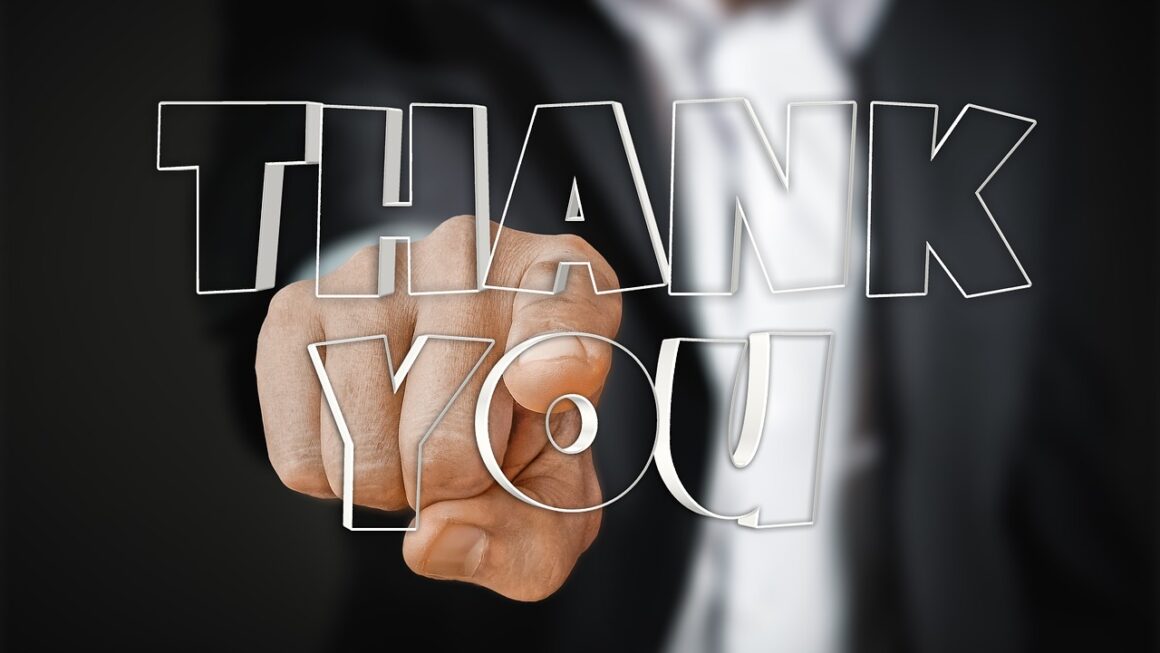AI-generated imagery is no longer a futuristic fantasy; it’s a present-day reality rapidly changing the creative landscape. From stock photos to personalized artwork, AI tools are capable of producing stunning visuals with remarkable speed and efficiency. This has opened a fascinating opportunity: selling AI images online. But how does it work? What are the legal considerations? And most importantly, how can you actually make money selling AI-generated visuals? Let’s dive in and explore the burgeoning world of AI image selling.
Understanding the AI Image Market
The Rise of AI Image Generation
The field of AI image generation has exploded in recent years, thanks to advancements in generative models like GANs (Generative Adversarial Networks), diffusion models (like DALL-E 2 and Stable Diffusion), and transformers. These technologies empower anyone to create images from text prompts, significantly lowering the barrier to entry for visual content creation.
- Accessibility: AI image generators democratize image creation, making it accessible to individuals without professional design skills.
- Speed and Efficiency: Generating images with AI is significantly faster than traditional methods. A complex visual can be produced in minutes, not hours or days.
- Cost-Effectiveness: AI image generation can reduce or eliminate the need for expensive photographers, illustrators, or stock photo licenses.
Identifying Market Needs
Before jumping into AI image selling, it’s crucial to identify the types of images in high demand. Consider these avenues:
- Stock Photos: Businesses and individuals are always in need of diverse stock photos for websites, marketing materials, and social media.
- Illustrations: AI can create unique illustrations for children’s books, blog posts, and website graphics.
- Concept Art: Game developers and filmmakers may use AI for rapid prototyping of concept art and visual development.
- Personalized Artwork: Custom portraits, abstract art, and personalized designs are popular with individual consumers.
- NFTs: AI-generated art is finding a place in the NFT space, offering unique digital collectibles.
Actionable Takeaway: Research current trends and demands in the image market to focus your AI image generation efforts.
Choosing the Right AI Tools
Popular AI Image Generators
Selecting the right AI image generator is crucial for creating high-quality, marketable images. Here are some popular options:
- DALL-E 2: Known for its ability to generate highly realistic and detailed images from textual descriptions.
- Midjourney: Accessible through Discord, Midjourney is particularly strong at creating artistic and visually striking images.
- Stable Diffusion: An open-source model, Stable Diffusion offers greater control and customization options. You can run it locally on your computer or use cloud-based services.
- Craiyon (formerly DALL-E mini): A free option, although the image quality is lower compared to the paid services. Good for experimenting and initial concept generation.
- Adobe Firefly: Integrated into Adobe Creative Cloud, offering seamless workflow for creative professionals.
Optimizing Prompts for Quality Results
The quality of your AI-generated images hinges on the clarity and specificity of your prompts. Learn to craft effective prompts using these tips:
- Be Descriptive: Include detailed descriptions of the subject, style, colors, and composition.
- Use Keywords: Incorporate relevant keywords to guide the AI towards the desired outcome.
- Specify Style: Define the art style you want, e.g., “photorealistic,” “impressionistic,” “cyberpunk,” or “watercolor.”
- Iterate and Refine: Experiment with different prompts and adjust them based on the results.
- Example Prompt: “A photorealistic image of a golden retriever puppy playing in a field of wildflowers at sunset, vibrant colors, shallow depth of field.”
Actionable Takeaway: Practice prompt engineering to master the art of generating the desired images consistently.
Setting Up Your Online Store
Choosing a Platform
You’ll need a platform to showcase and sell your AI-generated images. Consider these options:
- E-commerce Platforms (e.g., Shopify, Etsy): Provide tools to create your own online store and manage sales.
- Stock Photo Marketplaces (e.g., Shutterstock, Adobe Stock, Getty Images): Offer access to a large audience of potential buyers. Some marketplaces are beginning to accept AI-generated content, but policies vary, so check carefully.
- NFT Marketplaces (e.g., OpenSea, Rarible): If you’re selling AI-generated art as NFTs, these platforms are the place to be.
- Your Own Website: Requires more technical knowledge but offers complete control over branding and pricing.
Pricing Strategies
Determining the right price for your AI-generated images requires careful consideration. Factors to consider:
- Production Costs: Factor in the cost of AI image generation tools and any post-processing software.
- Market Value: Research the prices of similar images on other platforms.
- Exclusivity: Charge a premium for exclusive rights to an image.
- Usage Rights: Differentiate pricing based on the intended use (e.g., personal, commercial, editorial).
- Example Pricing:
Standard stock photo: $5 – $20
Exclusive image license: $50 – $500+
* NFT artwork: Varies widely depending on rarity and demand.
Actionable Takeaway: Develop a pricing strategy that balances profitability with market competitiveness.
Legal and Ethical Considerations
Copyright and Ownership
The legal landscape surrounding AI-generated images is still evolving. Key considerations:
- Copyright Ownership: In many jurisdictions, the copyright ownership of AI-generated images is unclear. Some believe it belongs to the user who provided the prompts, while others argue that it is uncopyrightable or belongs to the AI developer.
- Terms of Service: Carefully review the terms of service of the AI image generation tool you use. Some tools may claim ownership of the images generated using their platform.
- Model Training Data: Ensure the AI model you are using was trained on data that did not infringe on existing copyrights. Using models trained on copyrighted material could lead to legal issues.
- Example: If you’re using Midjourney, their terms state that you own the assets you create, subject to certain limitations and the need to pay for a commercial license if your generated images exceed a certain amount.
Ethical Considerations
Beyond legal issues, consider the ethical implications of AI image generation:
- Transparency: Be transparent about the fact that your images are AI-generated. Avoid misleading buyers into thinking they are created by a human artist.
- Bias: Be aware of potential biases in AI models and strive to generate diverse and inclusive images.
- Impact on Artists: Acknowledge the potential impact of AI image generation on human artists and explore ways to support the creative community.
Actionable Takeaway: Stay informed about the latest legal and ethical developments in AI image generation and prioritize responsible use of the technology.
Marketing Your AI Images
Optimizing for Search Engines
To attract buyers, optimize your image listings for search engines:
- Keywords: Use relevant keywords in your image titles, descriptions, and tags.
- Alt Text: Add descriptive alt text to your images to improve accessibility and SEO.
- Metadata: Fill out the metadata fields with relevant information about the image.
- Example: For an image of a futuristic cityscape, use keywords like “futuristic cityscape,” “AI-generated art,” “urban landscape,” and “science fiction.”
Promoting on Social Media
Leverage social media platforms to showcase your AI-generated images and reach a wider audience:
- Instagram: Share visually appealing images with relevant hashtags.
- Pinterest: Create boards showcasing different categories of your images.
- Twitter: Engage with potential buyers and share updates on your latest creations.
- Example: Share a “before and after” comparison showing the original text prompt and the generated image on Twitter, highlighting the AI’s capabilities.
Building a Brand
Establish a unique brand identity to stand out in the crowded AI image market:
- Define Your Niche: Focus on a specific style or theme to attract a targeted audience.
- Create a Consistent Visual Style: Develop a recognizable aesthetic for your images.
- Engage with Your Audience: Build relationships with your followers and respond to their feedback.
- Example: Focus on generating hyper-realistic fantasy landscapes and build a brand around high-quality, immersive environments.
Actionable Takeaway: Develop a comprehensive marketing strategy to promote your AI-generated images and build a strong online presence.
Conclusion
Selling AI-generated images presents a unique opportunity in the rapidly evolving world of digital content creation. By understanding the market, choosing the right tools, navigating legal and ethical considerations, and implementing effective marketing strategies, you can successfully monetize your AI-powered creativity. While challenges exist, the potential rewards are significant for those willing to embrace this innovative approach to visual content creation. Remember to stay informed, adapt to changing trends, and prioritize responsible AI usage to thrive in this exciting new landscape.




